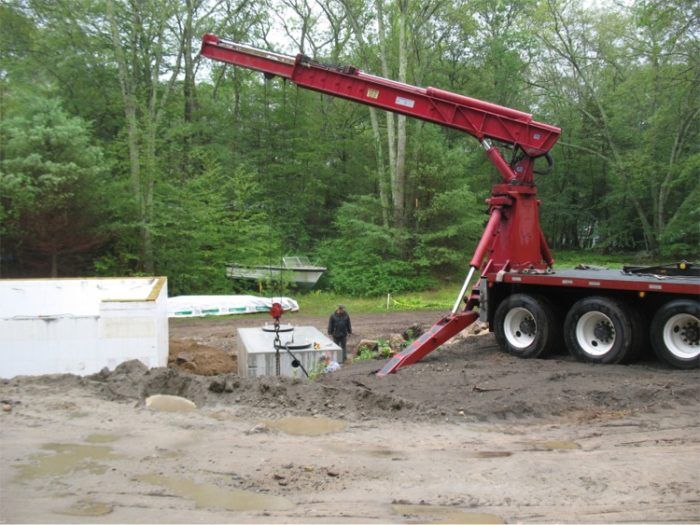
 The first piece of the engineered septic system was delivered and placed before backfilling around the garage. In preparation, Mat and John set a level grade for the tank to sit on.
The first piece of the engineered septic system was delivered and placed before backfilling around the garage. In preparation, Mat and John set a level grade for the tank to sit on.
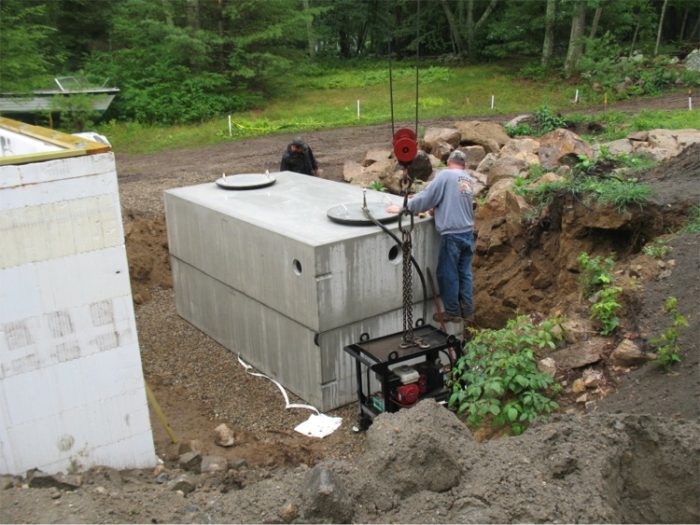
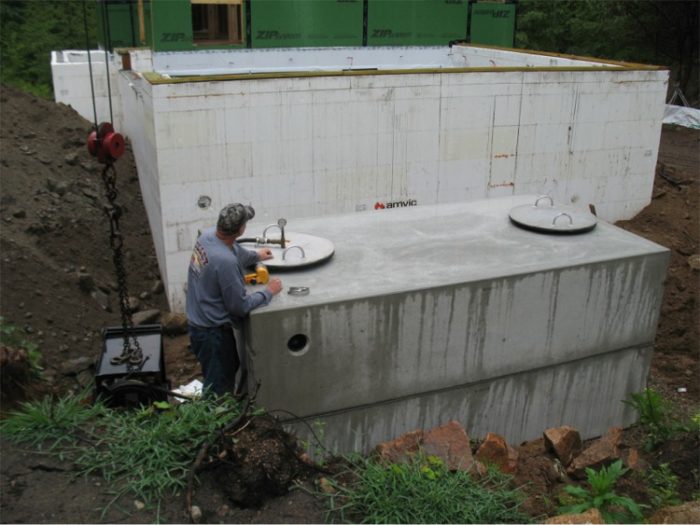 The concrete tank has to be watertight to meet the state requirements. That means after placing and gasketing the lower and upper halves together, it has to be vacuum tested.
The concrete tank has to be watertight to meet the state requirements. That means after placing and gasketing the lower and upper halves together, it has to be vacuum tested.
The delivery guy uses the same crane arm that placed the tank to lower an industrial gas-powered vacuum pump alongside the tank. Then he covers the two top openings with gasketed covers. After evacuating air from the tank he waits to make sure the tank maintains the vacuum.
Fine Homebuilding Recommended Products
Fine Homebuilding receives a commission for items purchased through links on this site, including Amazon Associates and other affiliate advertising programs.

Reliable Crimp Connectors

8067 All-Weather Flashing Tape

Affordable IR Camera


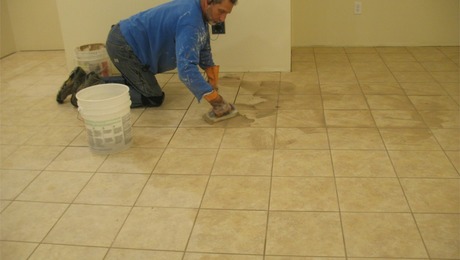

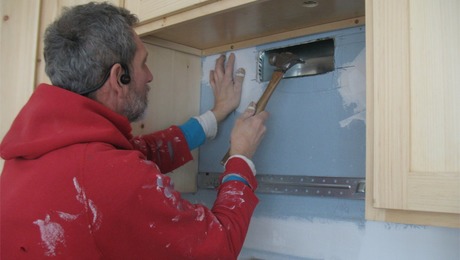




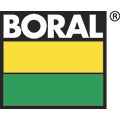



















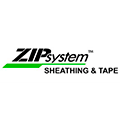














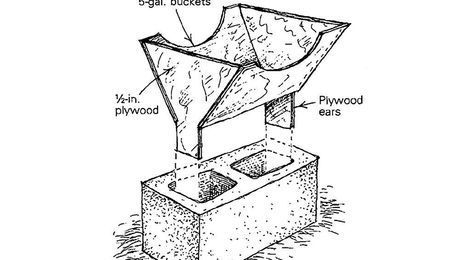
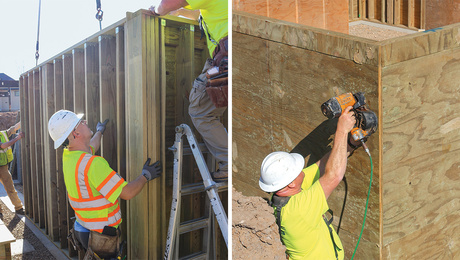










View Comments
How long do you have to wait to see if the tank maintains vacuum, an hour or 24 hours or else? In Russia (where I am from) the concrete septic tanks have to be watertight too, but not 100%, the certain amount of leaking is allowed - something like a liter per cube a day (24 hours). But I don't know how the amount of leaking is established - they probably measure the volume somehow before and after the fillup. I used the plastic septic tank from Finnish brand Uponor (Sako), I filled it up with water after installation, came a week later the the water level was the same - so it was watertight I figured.
What material was used to gasket the halves: the polyurethane foam/glue, rubber gasket or bytum sealant?
How the round holes in the sides of the upper halve were sealed/closed?
REsponse to Araltan:
The regulations here only started requiring airtight/watertight tanks a few years ago. Before that they could leak a little.
The vacuum is held for about 20 minutes and a minimum amount of air leakage is permitted. I'm not sure what the vacuum level is or how much leakage is permitted. The supplier does the testing and certifies their tanks.
The sealing tape used between tank halves is butyl (I think - it smells like butyl anyway), and the holes in the sides for pipes are cast-in rubber seals. We just cut out the center of the one we insert the pipe into and the perimeter seals around the pipe.